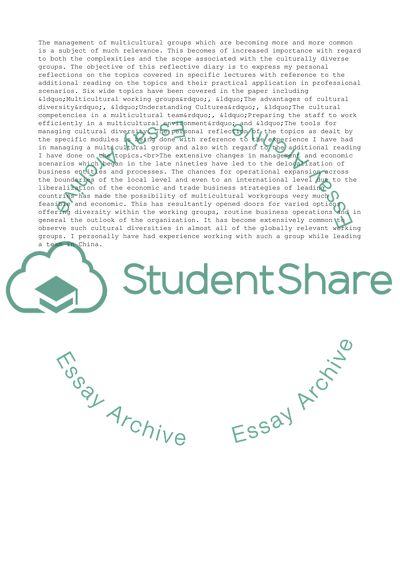Cite this document
(The Advantages of Cultural Diversity Case Study, n.d.)
The Advantages of Cultural Diversity Case Study. Retrieved from https://studentshare.org/management/1722989-cultual-differences-reflective-diary
The Advantages of Cultural Diversity Case Study. Retrieved from https://studentshare.org/management/1722989-cultual-differences-reflective-diary
(The Advantages of Cultural Diversity Case Study)
The Advantages of Cultural Diversity Case Study. https://studentshare.org/management/1722989-cultual-differences-reflective-diary.
The Advantages of Cultural Diversity Case Study. https://studentshare.org/management/1722989-cultual-differences-reflective-diary.
“The Advantages of Cultural Diversity Case Study”, n.d. https://studentshare.org/management/1722989-cultual-differences-reflective-diary.


